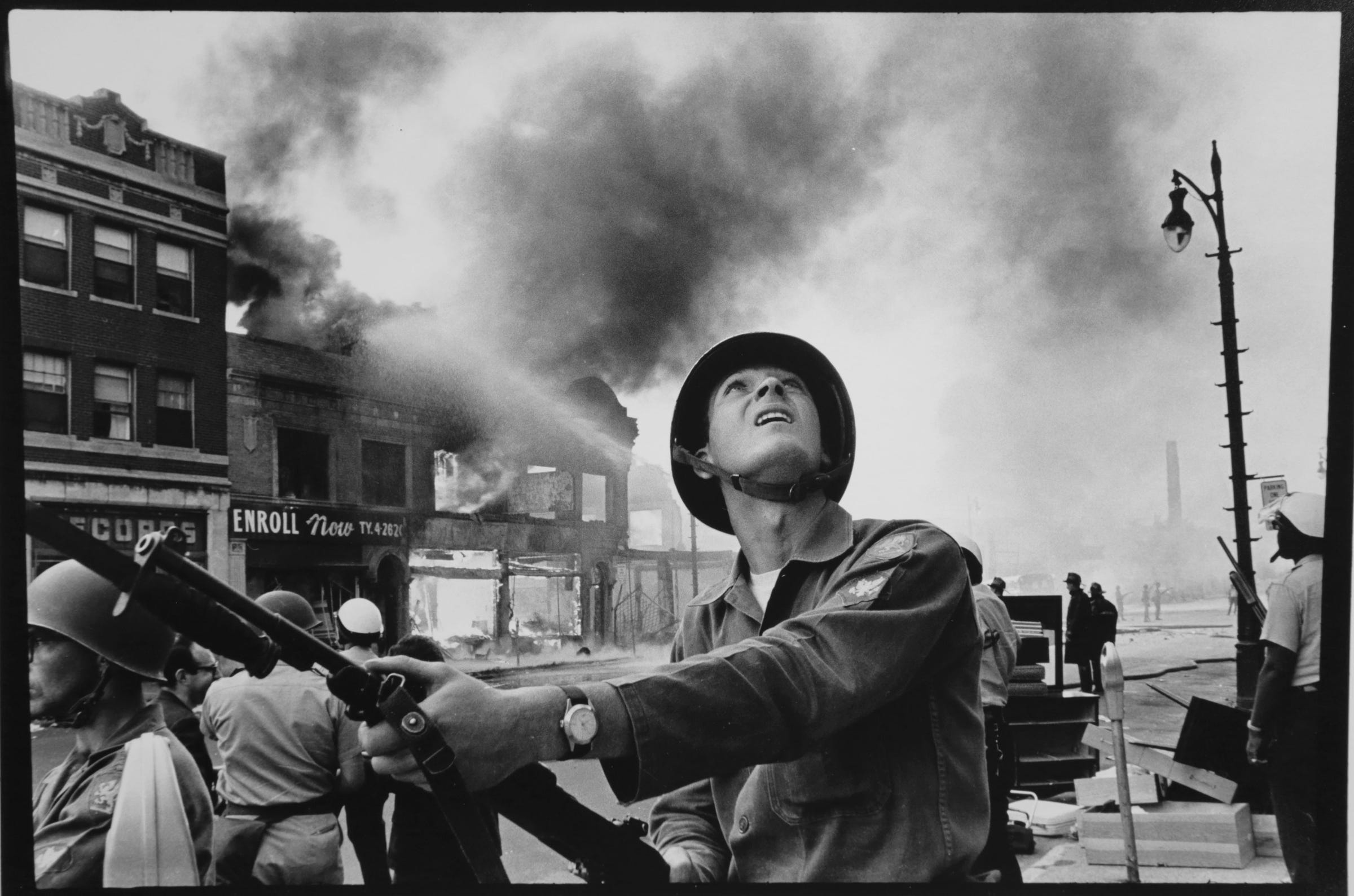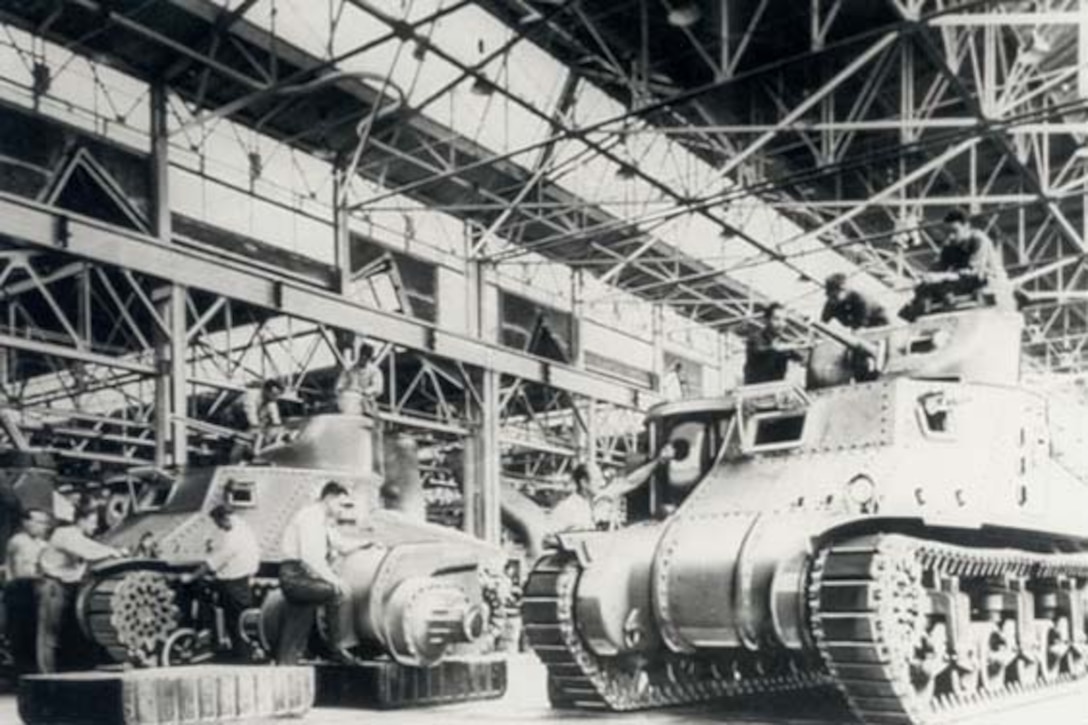Soviet T-90M tanks of the 465th Independent Tank Regiment passing through Vladivostok, November 2020
As warfare shifted away from the large scale assaults over Europe that marked the past century of warfare, and the rise of long-range combat, a new solution to the Soviet Armored problem was needed. The T-72 and T-80 had proven themselves as capable firing platforms, but lacked the versatility (especially the limited range of the T-80) in capabilities. While the French and American tanks could be shipped across the world in huge numbers on cargo vessels, or quickly in transport aircraft, the T-80 could not travel on anything smaller than the Illyushin Il-76 Transport, which the Union had limited number of. Otherwise, it had to be shipped in squadrons by rail or by sea, limiting their already short range with a huge supply. While these were problems, the Soviet doctrine had already taken it into account, as most heavy armor units were stationed near the borders of the Union anyway.
The T-72 was not much different. While having superior base armor to the T-80 series, it's lack of Explosive Reactive Armor in earlier models made it less secure than the
T-80, and it had much the same transport problems, while being less effective in battle to show for it's upper hand in fuel efficiency and it's cheaper price. It had a slower reload and the best shell that it could load was the 3BM22, which was not able to penetrate even itself at a range of 2 kilometers. However, it's autoloader was upgraded in the "BK" variant starting in 1982.
The T-80 had a good combat track record, but only against small targets and light vehicles, the odd Japanese-loaned Type-74 in border conflicts with China or Manchuria. Compared to these targets, the T-80 was adequate, but not worth the cost for destroying vehicles better suited to be left to an IFV or a hit from a Missile. In 1989, during wars in the Middle east, the T-80BV and T-80U tanks were destroyed at an almost 1-1 ratio by an amalgamation of indigenous designs and Western Tanks, which was unacceptable to the Soviet Government.
In 1990, the Soviet Government selected the Morozov Design Bureau to provide a new tank that would have superior protection and firepower to the T-72 and eventually phase out the T-72 entirely. This new tank, called the T-90, was designed over the course of 3 years, met several criteria that the Soviet Government needed.
Note: It is worth mentioning that the T-72 still remains an effective fighting vehicle with Soviet Allies, even in 2020. It's T-72M4 variant used by Germany and Yugoslavia is a capable tank, if not somewhat obsolete compared to Western tanks.
The T-90 used a tried-and-true design methods, using the same size and shape of the T-72 hull, while up-armoring it by almost 100mm (mostly in Composite armor) and giving it a newer, bigger turret capable of mounting a newly-designed gun, breech, and autoloader capable of firing the same shells the T-80 model did. One new innovation was a new two-stage autoloader that lined up the propellant and the indexed projectile, then raised them to the gun breach and shoved them in.
In 1992 the T-90 suffered a setback, the lack of Explosive Reactive Armor, something not thought needed and thus factored out of the design process. One prototype of this tank is on display in the Kubinka Tank museum near Moscow, called the T-90-0. The plan was delayed while Engineers labored to fit the added mass and size of ERA bricks to the vehicle. It was ruled that the vehicle must stay under 48.5 tons and be transportable by air, which greatly hampered the use of the ERA. This meant that only the upper frontal plate (now referred to as UFP) was able to get it. This was a major issue for the Soviet Military, which specified the need for ERA all over.
In 1995, a new T-90 variant, the T-90BV, entered production, this time at 48.4 tons, barely below the maximum weight limit. This new variant was equipped with all-around ERA protection on all sides of the Turret and hull, except for the top and back of the hull. Several hundred units were produced before the order was cancelled.
The next big upgrade was the T-90S in 2008, made for more modern combat. With a new gun, deviating from the 2A46M-4 gun to the 2A82 from the experimental T-95 (the T-95 itself was a failed design, but it gave the Soviet Military several new ideas that went into successful tanks) , and the first Russian tank with an Active protection system controlled by a RADAR system in the turret, this was also the first tank in the world with integrated WiFi, as well as a better reverse gear, more than doubling it's terrible reverse speed. While Syndicalist Tanks could often drive 20-30 kilometers per hour backwards, Soviet tanks other than the T-80 (also had two reverse gears) could barely go 5 km/h in reverse. The T-90S was in production from 2009-2015, where almost 1,200 units were produced across 6 factories.
In 2014, the 48.5 weight limit was removed, now being a 56 ton limit. The designers at UKBTM Nizhny Tagil took this opportunity to the fullest, The T-90S, while a great tank, was not a modular design and it was hard to do maintenance on because of it's armor. Each individual ERA brick had to be removed from the turret if maintenance was to be done, so the manufacturers asked for a more modular tank.
The T-90MS was the first T-90 variant with the so called "long turret" and it carried vital parts to the tank. A new engine, the V92S2, was installed with more horsepower and a better gear cycle, providing better acceleration and stop time. The completely new turret was made longer and wider, being given much better armor and more advanced targeting instruments. It has a 360 degree camera, and no less than three laser rangefinders, working together to put together a target profile and it's distance, rate of movement, and size of vehicle, all in less than two seconds.
It has many new options in firepower, the 3VBM93 "полукруг" shell (literally 'Half-round' also meaning crescent) and the 9M119M-1 Refleks-M ATGM are new additions with high penetration over long distances.
.jpg)

